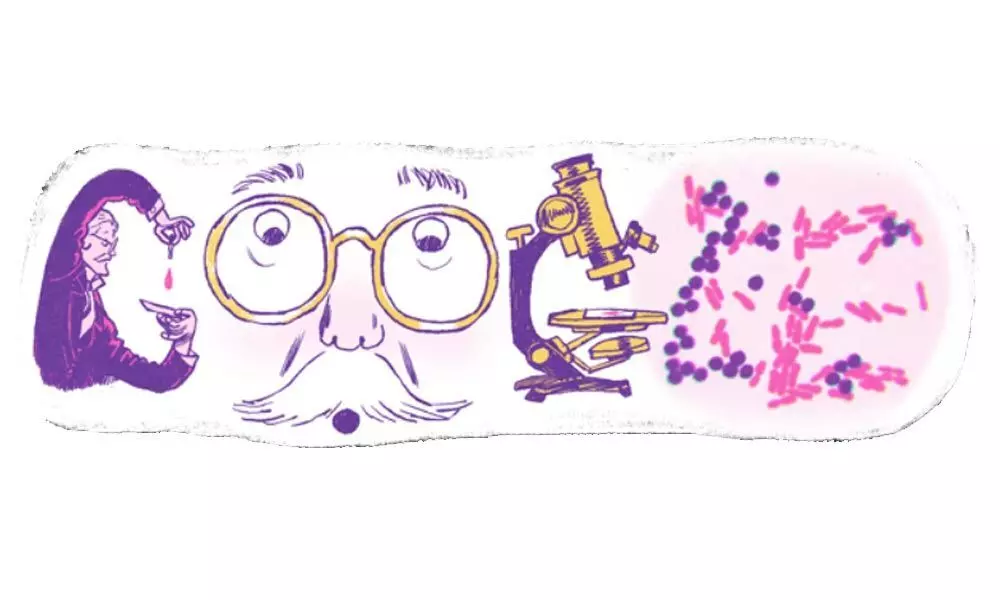Hans Christian Gram: Google Doodle Celebrates 166th Birth Anniversary of the Danish Scientist

Hans Christian Gram developed a technique of staining bacteria that makes them more visible under a microscopic lens.
On Friday, Google honoured Hans Christian Gram, the Danish scientist in its doodle. He is remembered for his bacteria staining technique in which he invented in 1884 — an important innovation which is crucial for observing bacteria under the microscope.
Hans Christian Gram was born on September 13, 1853, in the Danish capital of Copenhagen. He began his career in the medical field by working as a physician in the local civic hospital.
Hans Christian Gram developed a technique of staining bacteria that makes them more visible under a microscopic lens.
His namesake staining technique was a revolutionary discovery in the microbiology study. The staining technique includes treating a trace of bacteria with a violet dye, then rinsing it with iodine solution and an organic solvent. Bacteria that have a thick cell wall remain purple and are classified as Gram-positive. The bacteria with a thinner cell wall fail to retain the stain and are called as Gram-negative.
Gram discovered this in Berlin while examining lung tissues from patients, who died due to pneumonia. He learnt that certain stains were preferentially taken up and retained by bacterial cells.
The renowned scientist died at the age of 85 in 1938. Even after eight decades of his death, the Gram staining technique is extensively used. He is carving his legacy in the records of the history of microbiology. The method is more used amongst the young biology students at school while performing the first laboratory experiments.
We will always remember and thank you for your remarkable innovation, dear Hans Christian Gram.


















